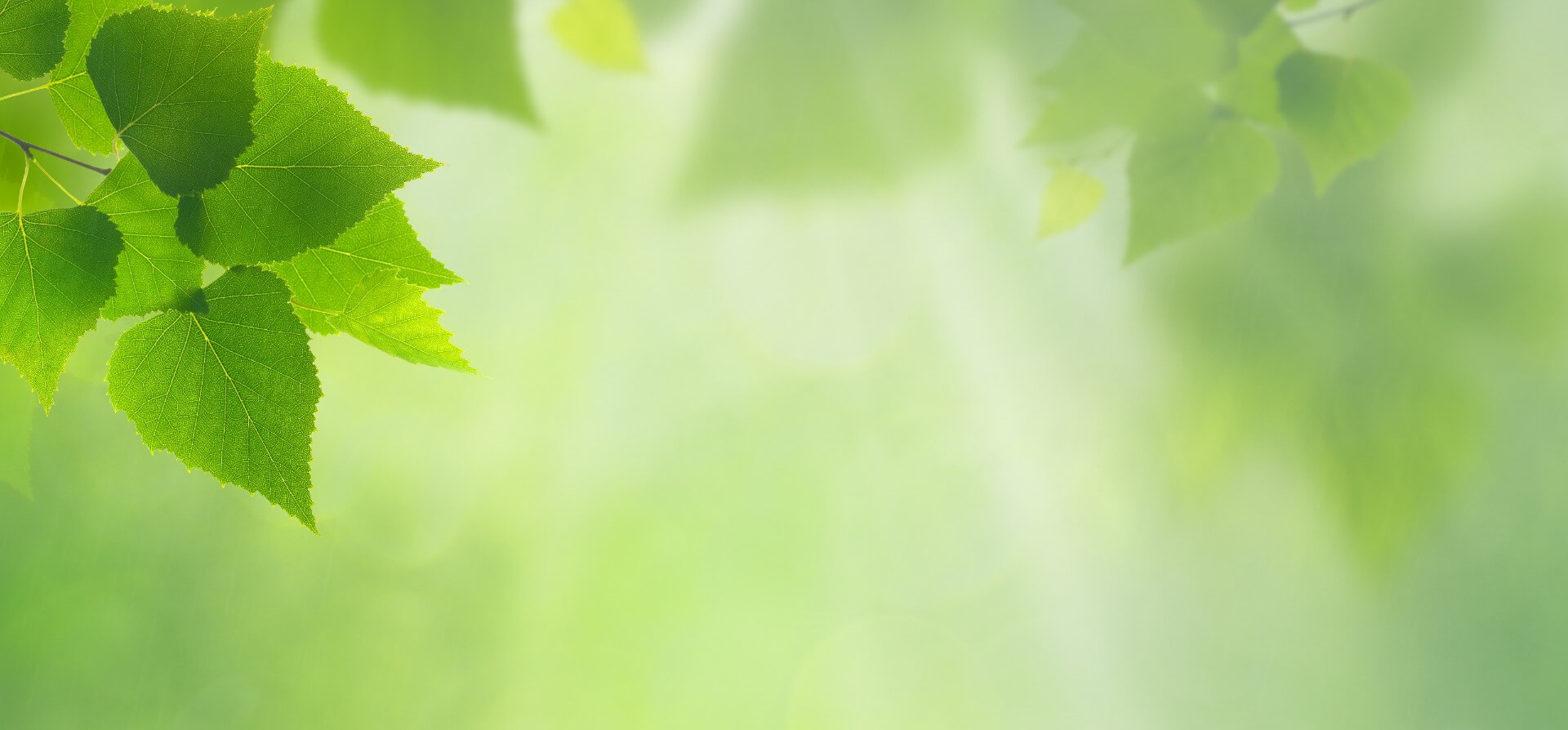Failure to fit into the mold: The "Otherness" of Black Women's Hair

From a critical perspective, it can be clearly noted that the construction of whiteness in the media is presented to be a portrayal of light (Dyer, 1997) [1]. The structuring of whiteness in Western visual culture is refined and elaborated to depict white femininity as an embodiment of innocence and fragility - their original state.
White people are thus the human norm, simply ordinary and uncomplicated as opposed to any non-white "otherness"[1].
How is Black femininity then represented in the media?
Hair is a point of self-expression for all women. And for black women, when our hair is worn in its original and natural state because it is different from the Eurocentric standards and defies the hegemonic normalcy, it is thus perceived as uncivilized and untidy, or even wild and uncontrollable.

And as previously stated, these Eurocentric beauty standards have consistently cast Black people as deviant or abnormal because they didn't fit into the narrowly-defined parameters of how white people saw beauty.
Since these stereotypes continue to work to produce the other as different from the normalized hegemony, Black femininity is then represented in media as a contradiction of white femininity, which is perceived as originally soft and innocent.
The natural hair movement has shifted the views of many black women; where we used to alter the gravity of our hair to fit into the Eurocentric mold of beauty, many of us now celebrate the same hair we were taught to disown.
Mindset change and representation are equally important and can shift policy and perception as a whole.

Black hair is beautiful and resilient; it is an extension of Black Women's identity and an expression of who we are.
References
Dyer, R. (1997). White. London: Routledge.
